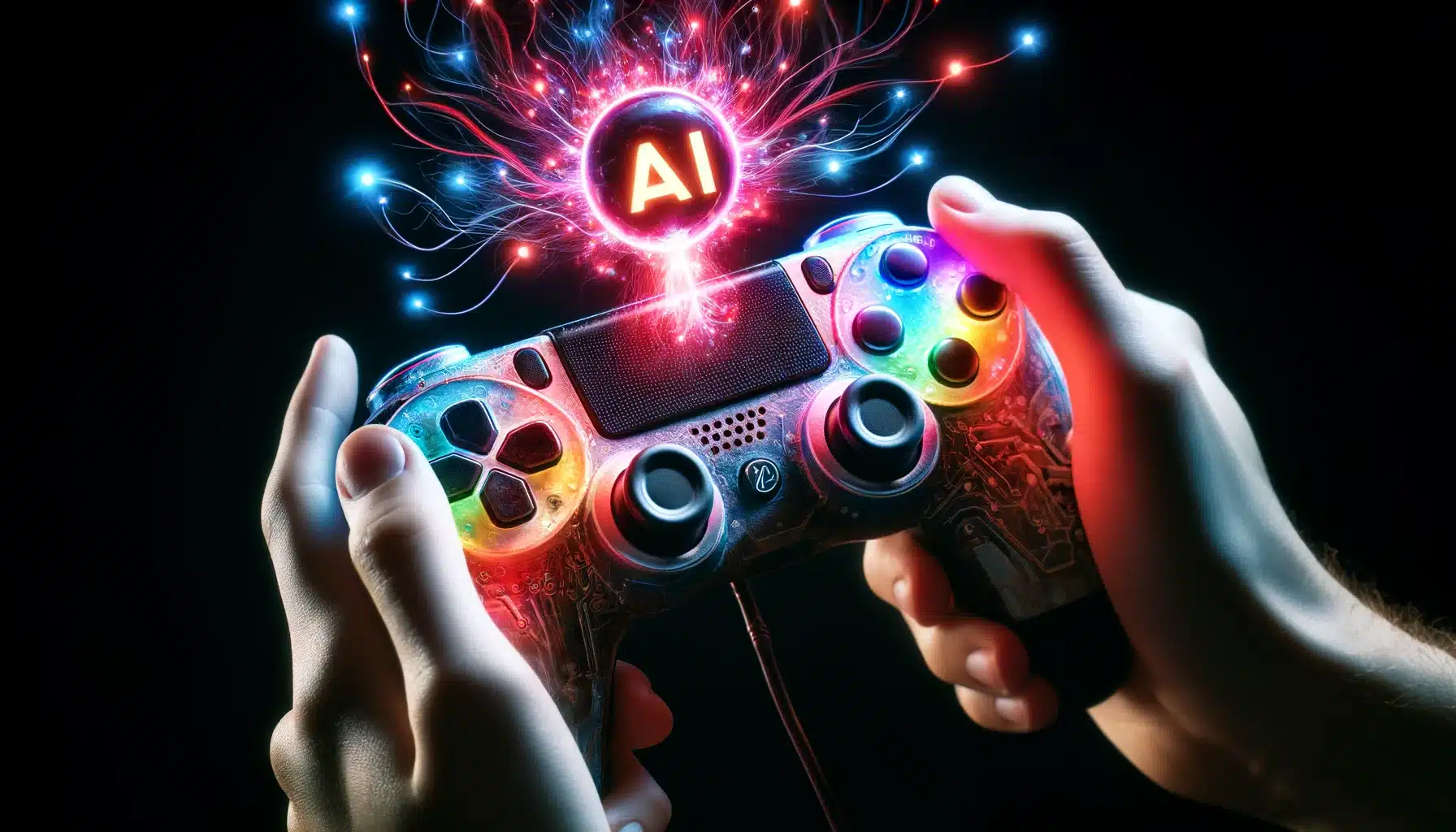
Artificial intelligence (AI) is rapidly transforming the landscape of game development, and one of the most exciting areas of innovation is in game animation. From creating more realistic character movements to enabling adaptive gameplay scenarios, AI is empowering developers to create richer, more immersive experiences for players. This article explores the various ways AI is being used in game animation, the benefits it offers, and the challenges that lie ahead. We’ll delve into how AI-Driven Game Mechanics are reshaping the industry and what the future holds for AI & Game Development.
The Dawn of Intelligent Animation: How AI is Revolutionizing Game Development
Gone are the days of rigid, pre-scripted animations that leave players feeling disconnected from the game world. AI is ushering in an era of intelligent animation, where characters react dynamically to their environment and player actions. This means smoother transitions, more believable movements, and a heightened sense of realism that draws players deeper into the game. AI-Driven Game Mechanics are at the heart of this revolution, enabling developers to create characters that feel truly alive.
One of the key benefits of AI in game animation is its ability to automate tedious tasks. Animators can now focus on the creative facets of their work, while AI algorithms handle the repetitive motions and adjustments. This not only speeds up the development process but also allows for more experimentation and innovation. Imagine a world where every character has its own unique gait, posture, and mannerisms, all driven by AI. This is the future of game animation, and it’s closer than you think.
Creating Believable Characters: AI-Powered Motion Capture and Procedural Animation
Motion capture technology has long been used to create realistic character movements, but it often requires expensive equipment and specialized expertise. AI is democratizing this process by enabling developers to create high-quality animations using more accessible tools. AI algorithms can analyze video footage of real-life movements and translate them into realistic character animations. This opens up new possibilities for indie developers and smaller studios who may not have the resources to invest in traditional motion capture.
Procedural animation is another area where AI is making a significant impact. Instead of relying on pre-recorded animations, procedural animation algorithms generate movements in real-time based on the character’s environment and actions. This allows for more dynamic and responsive animations that adapt to changing circumstances. For example, a character might stumble and regain its balance variedly each time, depending on the terrain and its current momentum. This level of realism was earlier unattainable, but AI is making it a reality.
Adaptive Gameplay: How AI Animation Enhances Player Immersion
AI-Driven Game Mechanics are not just about creating visually appealing animations; they’re also about enhancing player immersion and creating more engaging gameplay experiences. When characters react realistically to player actions, it creates a stronger sense of connection and investment. Imagine a game where enemies adapt their fighting styles based on your approachs, or where NPCs respond to your dialogue choices with nuanced facial expressions and body language. This level of interactivity is only possible with AI-powered animation.
AI can also be used to create more dynamic and unpredictable game worlds. For example, AI algorithms can generate realistic crowd behaviors, making cities feel more alive and populated. AI can also be used to create dynamic weather effects, such as wind and rain, that affect character movements and animations. These subtle details can have a profound impact on the overall player experience, making the game world feel more believable and immersive.
Overcoming Challenges: The Future of AI & Game Development
While AI offers tremendous potential for game animation, there are also challenges that need to be addressed. One of the biggest challenges is ensuring that AI-generated animations are consistent with the game’s overall art style and aesthetic. AI algorithms can sometimes produce animations that feel out of place or unnatural, so it’s crucial to carefully curate and refine the outcomes.
Another challenge is optimizing AI algorithms for performance. AI-powered animation can be computationally intensive, so developers need to find ways to balance realism with efficiency. This often involves using a combination of AI techniques and traditional animation methods. Despite these challenges, the future of AI & Game Development is bright. As AI technology continues to evolve, we can expect even more innovative applications in game animation.
The Ethical Considerations of AI in Game Animation
As AI becomes more prevalent in game animation, it’s crucial to consider the ethical implications. One concern is the potential for AI to perpetuate biases and stereotypes. If AI algorithms are trained on biased data, they may produce animations that reinforce harmful stereotypes about certain groups of people. It’s crucial to ensure that AI training data is diverse and representative of the real world.
Another ethical consideration is the impact of AI on the job industry. As AI automates more animation tasks, there’s a risk that it could displace human animators. It’s crucial for the industry to invest in training and education programs that help animators adapt to the changing landscape. By embracing AI as a tool to augment human creativity, rather than replace it, we can ensure that the benefits of AI are shared by everyone.
The integration of AI in game animation is not just a fleeting trend; it’s a fundamental shift in how games are developed and experienced. From more realistic character movements to adaptive gameplay scenarios, AI is empowering developers to create richer, more immersive worlds. As AI technology continues to evolve, we can expect even more groundbreaking innovations that will redefine the boundaries of interactive entertainment. Embracing AI-Driven Game Mechanics and AI & Game Development is no longer a choice but a requirement for those looking to lead the charge in the gaming industry’s next chapter. The future of game animation is intelligent, dynamic, and undeniably exciting !
Leave a Reply